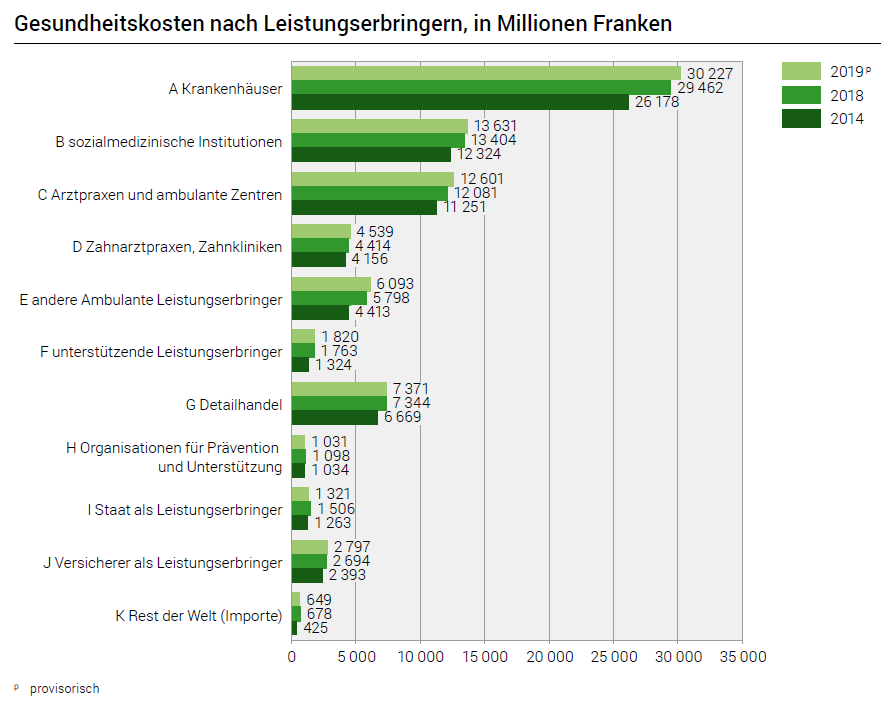Big US banks released their 2Q earnings last week. The figures were good thanks to robust growth in investment-banking income as well as a drop in loan-loss provisions. But banks also reported that wage costs were beginning to rise, and while a booming housing market has boosted mortgage-loan business, the renewed retreat in long-term yields has been a drag on interest income. In the main, however, the message from US banks is that business is good as a strong upswing takes hold. Combined with the resumption of dividend payouts and buybacks, our forecast that the rise in bond yields will resume and that US consumers will start taking our loans again allow us to be relatively upbeat on undervalued US banks (and their European counterparts), despite the
Topics:
Pictet considers the following as important: 2.) Pictet Macro Analysis, 2) Swiss and European Macro, Brexit, Featured, Macroview, newsletter, Pictet, UK sterling
This could be interesting, too:
investrends.ch writes Pictet setzt bei neuem Hedgefonds auf KI
Nachrichten Ticker - www.finanzen.ch writes Die Performance der Kryptowährungen in KW 9: Das hat sich bei Bitcoin, Ether & Co. getan
Nachrichten Ticker - www.finanzen.ch writes Wer verbirgt sich hinter der Ethereum-Technologie?
Martin Hartmann writes Eine Analyse nach den Lehren von Milton Friedman
Big US banks released their 2Q earnings last week. The figures were good thanks to robust growth in investment-banking income as well as a drop in loan-loss provisions. But banks also reported that wage costs were beginning to rise, and while a booming housing market has boosted mortgage-loan business, the renewed retreat in long-term yields has been a drag on interest income. In the main, however, the message from US banks is that business is good as a strong upswing takes hold. Combined with the resumption of dividend payouts and buybacks, our forecast that the rise in bond yields will resume and that US consumers will start taking our loans again allow us to be relatively upbeat on undervalued US banks (and their European counterparts), despite the uncertainties.
The acceleration in the US consumer price index to an annual 5.4% in June is food for thought, although it curiously did not seem to worry the bond market much—no doubt in part because Fed chairman Jerome Powell stayed on script in Congressional testimony last week, saying once again the Fed stood ready to step in if the inflation spike proves more than transitory. After years when below-target inflation went hand in hand with low economic growth, a period of higher inflation that reflects a strong post-covid recovery is not necessarily something to be worried about—yet. An inflation spurt helps eat into existing debts and stimulates higher demand (indeed, we are encouraged by June retail data in the US, up 18% on a year before). But we will be avidly watching wage growth, which tends to be sticky. Wage growth in the US was an annual 3.2% in June and could well rise to 4%. This would be manageable; an increase upwards to 5% much less so.
Unsurprisingly, China’s Q2 GDP growth failed to match the year-on-year growth of over 18% registered the previous quarter. But the Q2 figure was slightly below consensus (7.9% year on year) and continued to show domestic consumption lagging. Yet the picture is not bleak. Signs of a lop-sided recovery are increasing talk of targeted fiscal stimulus in the months ahead. This, together with a recent cut in banks’ required reserve ratio, could boost domestic demand. We have lowered our full-year GDP forecast for China from 9.2% to 9%. But this is still a robust figure—meaning that, beyond the Olympic Games in Tokyo, Asia could provide reasons to celebrate again.
Tags: Brexit,Featured,Macroview,newsletter,Pictet,UK sterling









